Space
Sign up for our newsletter
We summarize the week's scientific breakthroughs every Thursday.
-
 Astronomy
AstronomySpace dust is tough enough to survive supernova aftermath
Dust still lingers in the remnants of supernova that exploded 10,000 years ago, affirming that the explosions filled the early universe with dust.
-
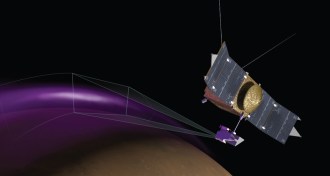 Planetary Science
Planetary ScienceMartian aurora, high-altitude dust clouds surprise scientists
Surprise auroras and mystery dust clouds dance in the Martian atmosphere, NASA’s newest Mars orbiter discovers.
-
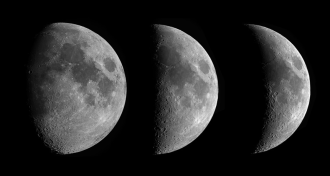 Astronomy
AstronomyFast-spinning young Earth pulled the moon into a yo-yo orbit
The early moon’s orbit created a cycle between lunar phases unlike the one seen nowadays.
-
 Astronomy
AstronomySuper-Earths may form in two ways
Rocky planets much heavier than Earth may form in different ways.
-
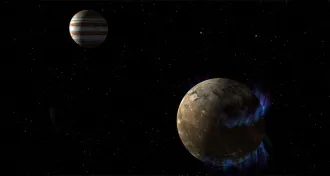 Planetary Science
Planetary ScienceAurora shift confirms Ganymede’s ocean
New observations confirm the presence of a liquid saltwater ocean beneath the surface of Jupiter’s largest moon, Ganymede.
-
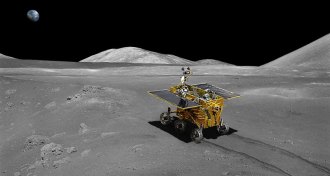 Planetary Science
Planetary ScienceChinese rover reveals moon’s layers
Radar imaging done by China’s Yutu lunar rover reveals that the moon’s geological history could be more complex than once thought.
-
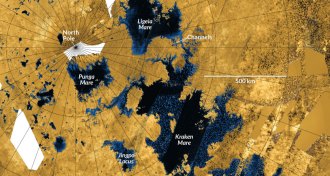 Planetary Science
Planetary ScienceTitan’s vast seas may drive methane cycle
A phenomenon similar to Earth’s hydrological cycle on Saturn’s largest moon Titan may create different lake compositions, similar to the salinity difference between the Black Sea and the Mediterranean.
-
 Planetary Science
Planetary ScienceRosetta probe to start listening for the lost lander Philae
The European Space Agency’s Rosetta probe will start listening for a signal from the lost lander Philae, missing in action since its landing on comet 67P/Churyumov–Gerasimenko on November 12.
-
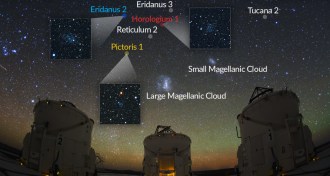 Astronomy
AstronomyAs many as nine new dwarf galaxies found outside Milky Way
A bevy of newly discovered satellite galaxies around the Milky Way could help astronomers study how galaxies form and the nature of dark matter.
-
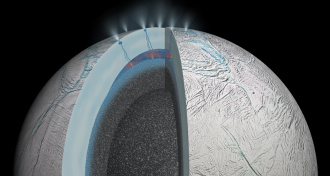 Planetary Science
Planetary ScienceSomething’s cooking on Enceladus
A trail of silicon-rich particles in one of the rings of Saturn points to possible hydrothermal activity on Enceladus.
-
 Computing
ComputingConcerns about drones, how to hunt exoplanets and more reader feedback
Readers discuss the potential impacts of human-made fliers and muse about the advantages a poker-playing computer program has over human opponents.
-
 Cosmology
CosmologyIn era of collaboration, individual initiative can still pay off
A risky venture to study cosmic ray particles offers no guarantee of success, but it may help answer two of the biggest questions in physics.
By Eva Emerson